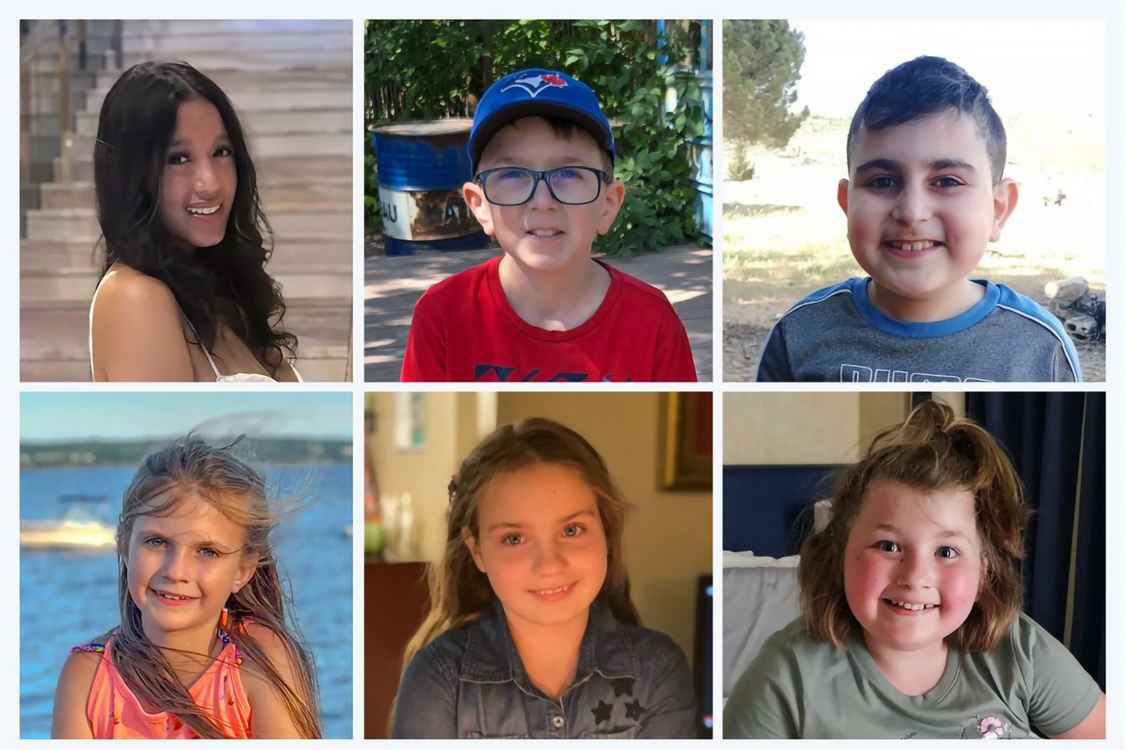 6 of the children treated for SCID living their best lives – credit, UCLA, supplied by the parents
6 of the children treated for SCID living their best lives – credit, UCLA, supplied by the parents
Between 2012 and 2017, 62 babies and toddlers were treated with a genetic therapy for severe combined immunodeficiency, known colloquially as the “Bubble Boy disease.”
In 2021, GNN reported on the results of the trial—that by 2019, 95%, or all but two of the young patients, showed complete immune system reconstruction. Now, the long-term follow-up results are in—still 95% effective.
 Screenshot, GNN
Screenshot, GNN
“The durability of immune function, the consistency over time and the continued safety profile are all incredibly encouraging,” said the study’s senior author, Donald Kohn, MD, a pediatric transplant physician at Univ. of California LA, where the trial was conducted.
Severe combined immunodeficiency due to adenosine deaminase deficiency, or ADA-SCID, is caused by mutations in the ADA gene, which creates an enzyme essential for immune function. For children with the condition, day-to-day activities like going to school or playing with friends can lead to dangerous, life-threatening infections. If untreated, ADA-SCID can be fatal within the first two years of life.
In 1984, SCID become suddenly well-known in America because of “the boy in the bubble,” David Vetter, who received a special spacesuit from NASA to allow him to leave his total medical isolation. Despite this, Vetter passed away from an infection at age 12.
The gene therapy method involves first collecting some of the child’s blood-forming stem cells in their bone marrow, which have the potential to create all types of blood and immune cells.
Next, using an approach developed by the research team at UCLA with help from the UK’s Great Ormond Street Hospital and University College London, a new copy of the ADA gene is delivered into the stem cells by a modified lentivirus, or “viral vector.” The corrected cells are then returned to the child’s body, where they are intended to produce a continual supply of healthy immune cells capable of fighting infection.
“Between all three clinical trials, 50 patients were treated, and the overall results were very encouraging,” said Kohn back in 2021. “All the patients are alive and well, and in more than 95% of them, the therapy appears to have corrected their underlying immune system problems.”
This brand new study, also published in the New England Journal of Medicine, represents the largest and longest follow-up of a gene therapy of this kind to date, with 474 total patient-years of follow-up data—including five patients who received the therapy a decade ago.
For the 59 patients successfully treated, immune function has remained stable beyond the initial recovery period, with no treatment-limiting complications reported.
With support from the California Institute for Regenerative Medicine, the UCLA team is now working to complete the steps necessary to apply for FDA approval.
MORE INFANTILE DISEASES CURED: CRISPR Used to Remove Extra Chromosomes in Lab Model of Down Syndrome and Restore Cell Function
“Our goal is to have this therapy FDA-approved within two to three years,” Kohn said. “The clinical data strongly supports approval—now we need to demonstrate that we can manufacture the treatment under commercial pharmaceutical standards.”
 Eliana Nachem received gene therapy at 10 months (left) and is 11 now (right), free from living in medical isolation – credit, supplied by Caroline and Jeff Nachem
Eliana Nachem received gene therapy at 10 months (left) and is 11 now (right), free from living in medical isolation – credit, supplied by Caroline and Jeff Nachem
When GNN originally reported on the 2021 study, a slide of photos was released of 6 of the children treated, taken at various times between 2012 and 2017. Accompanying the new study are slides of the same children, not necessarily all grown up, but grown up, and living their best healthy lives.
11-year-old Eliana Nachem of Fredericksburg, Virginia, is starting sixth grade with dreams of becoming an artist. It’s a remarkably ordinary life that once seemed impossible.
LIFE BEYOND TREATMENT: New Base Editing Gene Therapy Cures its First Patient: A Sickle-Cell Sufferer Now in the ‘Gym Every Day’
After Eliana was diagnosed with ADA-SCID at 3 months old in 2014, she lived in complete medical isolation. No pets, no contact with the outside world, with HEPA air filters running constantly and all food and toys sterilized.
“We had to get rid of our dog and cat, she couldn’t go outside, and I had to stop breastfeeding,” her mother, Caroline, recalled. “Formula had to be consumed within an hour or thrown out. Everything that might harbor germs was dangerous to her.”
In September 2014, at 10 months old, Eliana received her corrected cells at UCLA. Caroline and Jeff described watching the infusion as their daughter’s “rebirth”—her own genetically modified cells carrying the promise of a normal life.
CHILDREN BEING CURED: Infant With Incurable Disease is First to Successfully Receive Personalized Gene Therapy Treatment
A decade later, that promise has been fulfilled. Despite some early complications during her immune system’s recovery, Eliana has thrived, attending public school, playing basketball and living the unrestricted childhood her parents once could only dream of.
“Now the biggest thing I have to worry about is her entering middle school and bossing me around,” Caroline said with a laugh. “I am eternally grateful to every single scientist, doctor, lab worker, nurse, hospital security guard—all the people who had anything to do with this gene therapy coming into existence and saving her.”
SHARE This Incredible Cure Ready For FDA Approval To Save Infants Around The Country…

